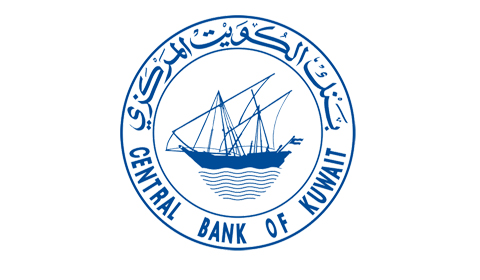KUWAIT: Banks in Kuwait started in mid-November to implement the new Central Bank of Kuwait instructions on granting loans and personal finance operations, which raised the cap on consumer loans from 15 times the net monthly salary to 25 times to a maximum of KD 25,000 ($82,500). The new on maintained the maximum limit of the housing loan at KD 70,000 ($231,000). So the total amount that a customer can obtain from loans or Islamic financing is KD 95,000 ($313,000) instead of KD 85,000 ($280,000).
The bank said in a statement published on its website that the instructions took into account changes in indicators of the gross domestic economy (2004-2017). The past period witnessed dramatic changes in the domestic and global economic landscape, most notably the global financial crisis of 2008, the dramatic drop in world oil prices in 2014 and a 60 percent decline in state revenues, which led the country to borrow from international markets by issuing international bonds.
The past years also witnessed significant developments in global monetary policy. Most major economies abandoned their monetary easing policies after the financial crisis and began to raise interest rates on their currencies. The US Federal Reserve has raised interest rates eight times since 2015, while Kuwait's central bank raised them only four times in order to stimulate the local economy. While raising interest rates contributes to reducing consumption and stimulating savings, it also leads to a low rate of demand for individuals and companies to borrow, which reduces the volume of credit, including loans for real estate, investment and consumer sectors and securities.
Kuwait's new lending guidelines contrast the two previous approaches as a monetary instrument used to stimulate the growth of economic sectors. The indicators adopted by the Central Bank in its recent instructions reflect the rate of growth in the average monthly salary of Kuwaitis (2004-2017) of about 12 percent, while the composite inflation rate for the abovementioned years is about 67 percent. Among the indicators, the annual compound average growth of the loan portfolio in Kuwaiti banks was 14 percent - from KD 1 billion (about $3.3 billion) in 2000 to KD 12 billion ($39.6 billion) in 2017.
Former Minister of Commerce and Industry Dr Amani Boresli said yesterday that such instructions issued by the Central Bank come after evaluating the economic situation and conducting a thorough and specialized study. Boresli said that the new regulations will contribute to increasing the volume of cash in the local market. The concerns associated with any decision to increase the volume of credit are rising inflation and low purchasing value of the currency, but contribute to stimulate the growth and economic activity of the country, she added. - KUNA











